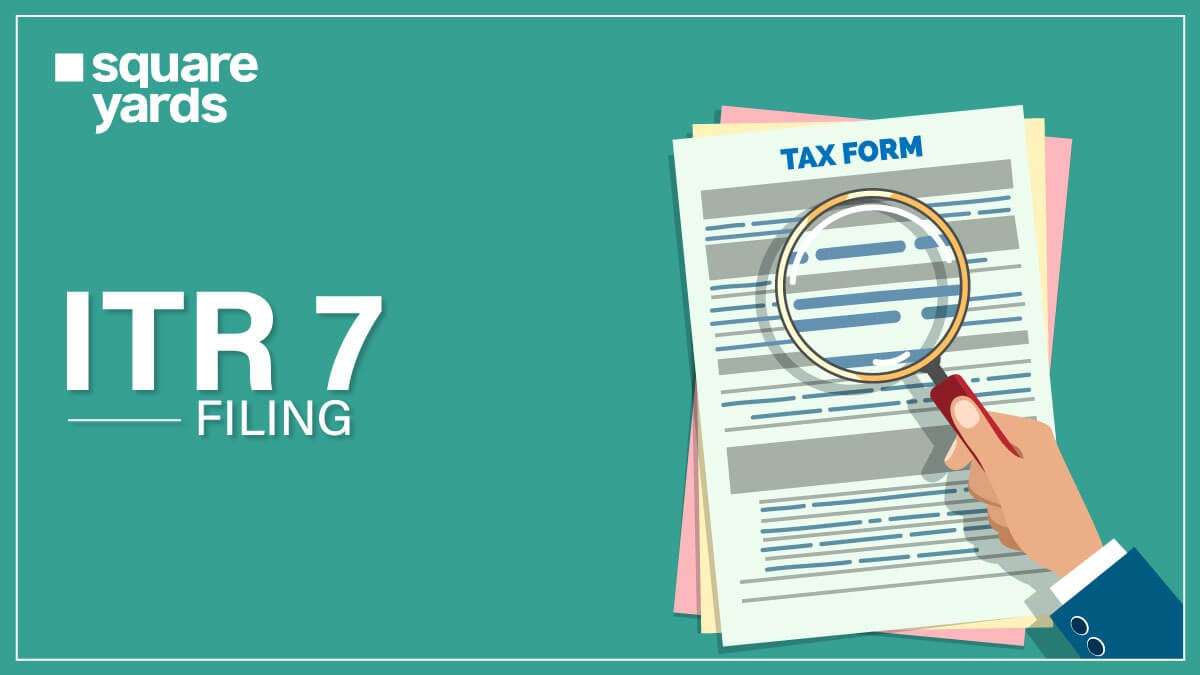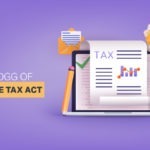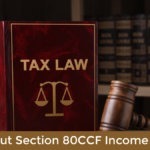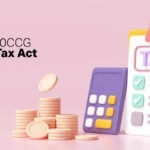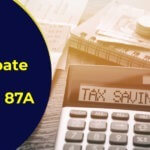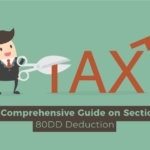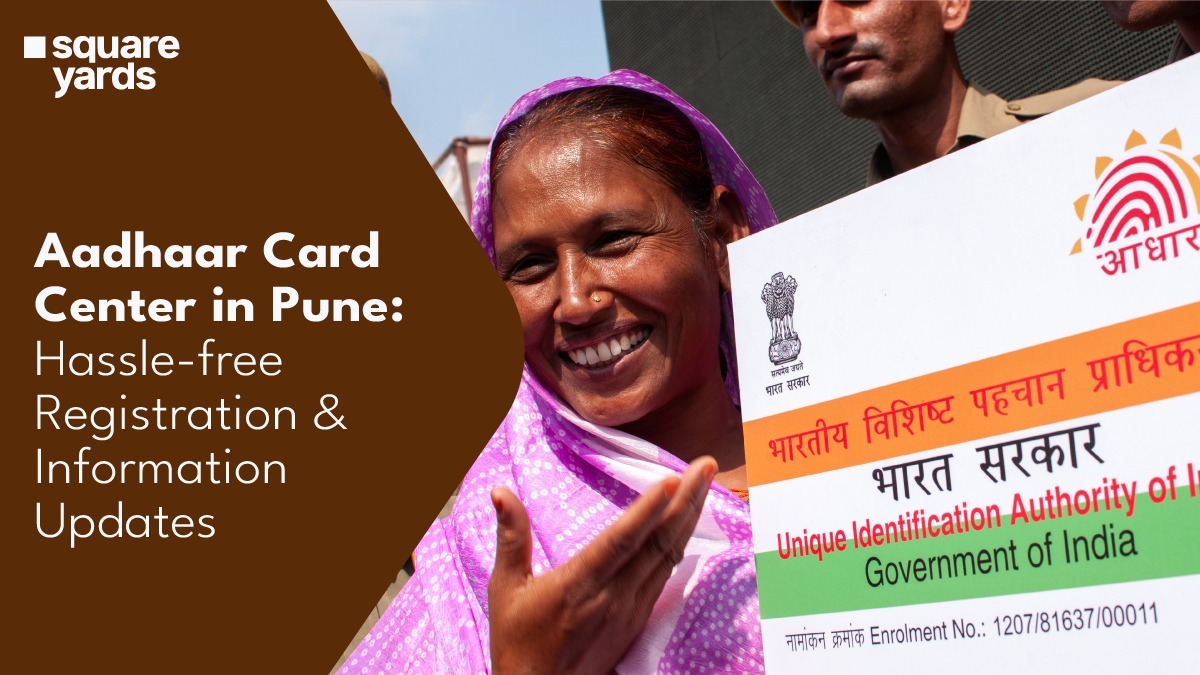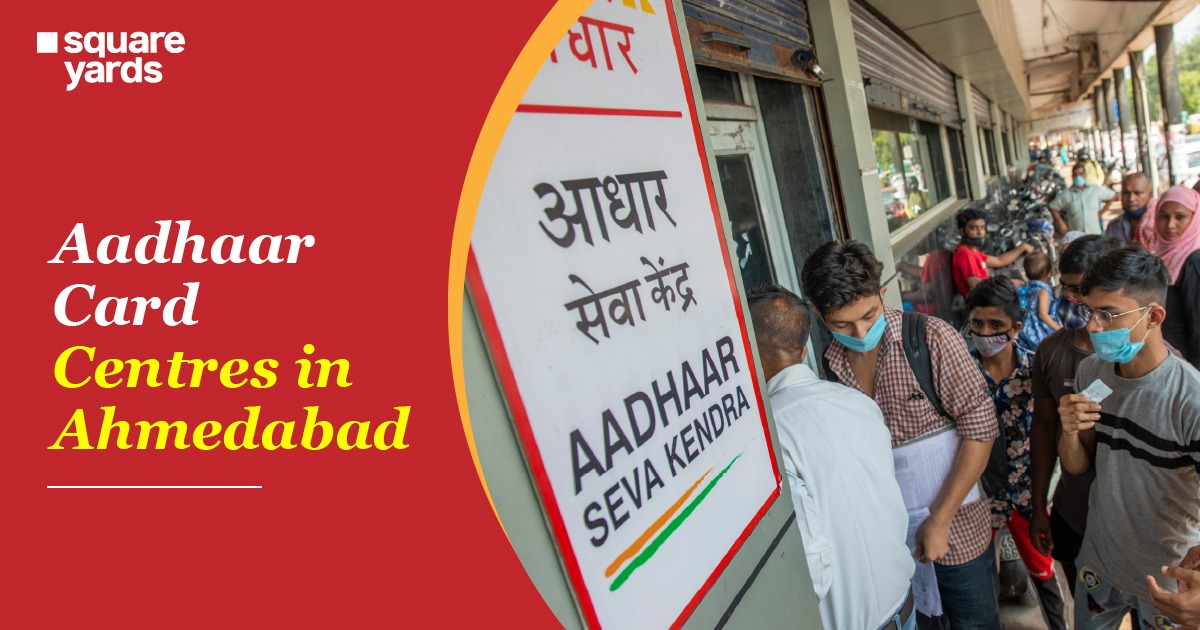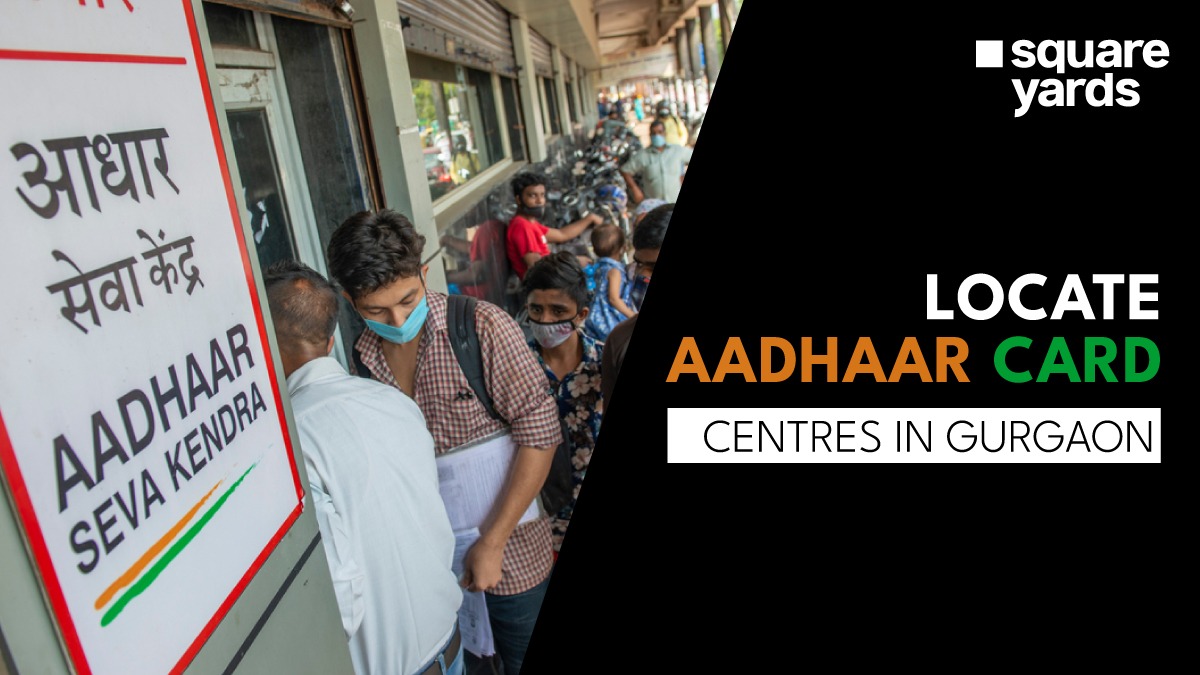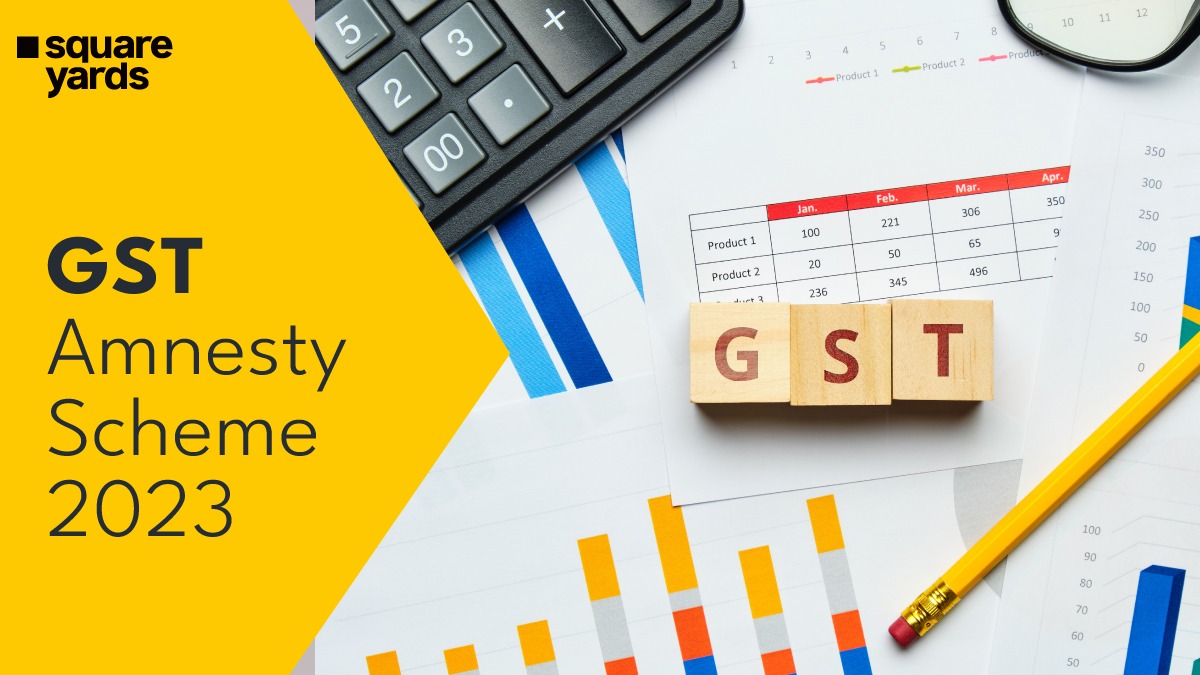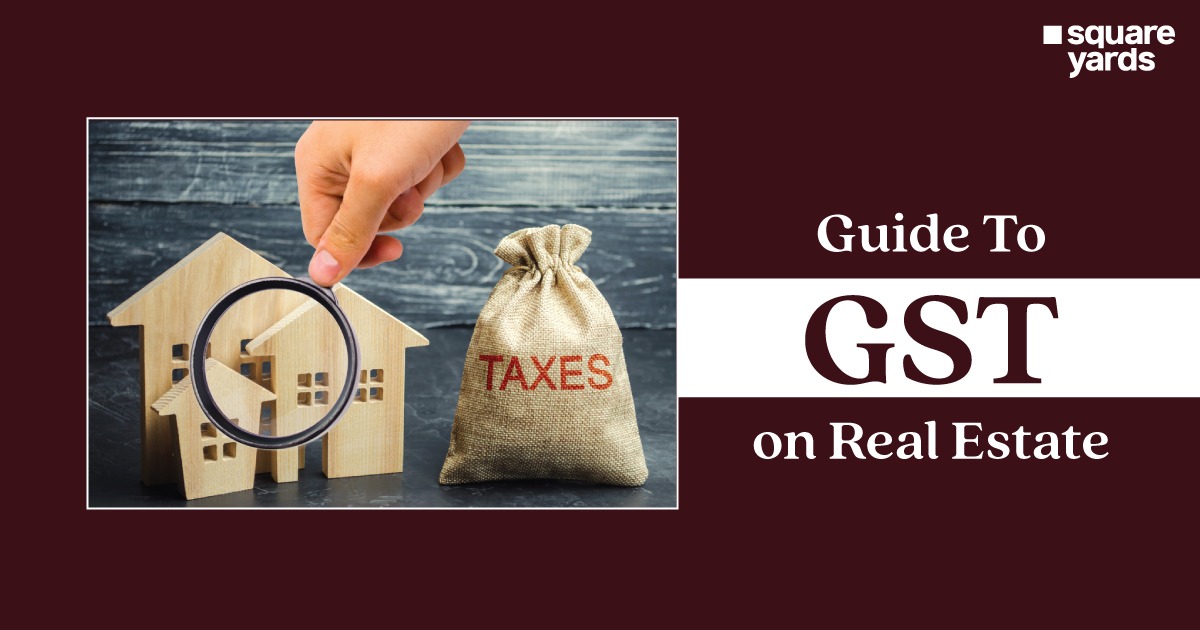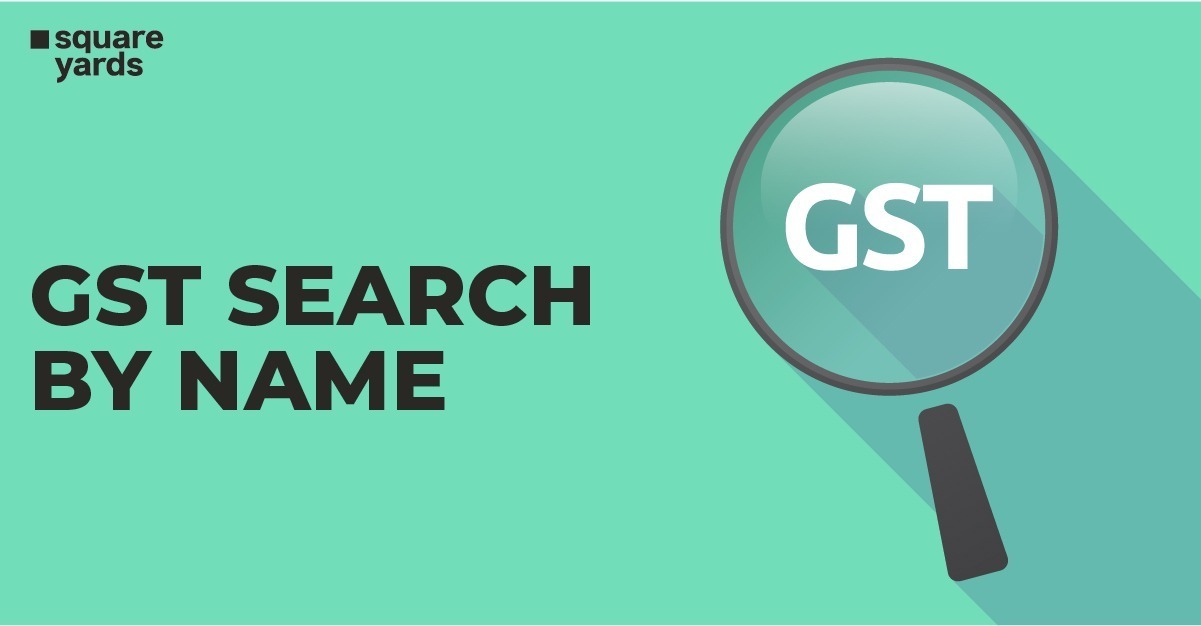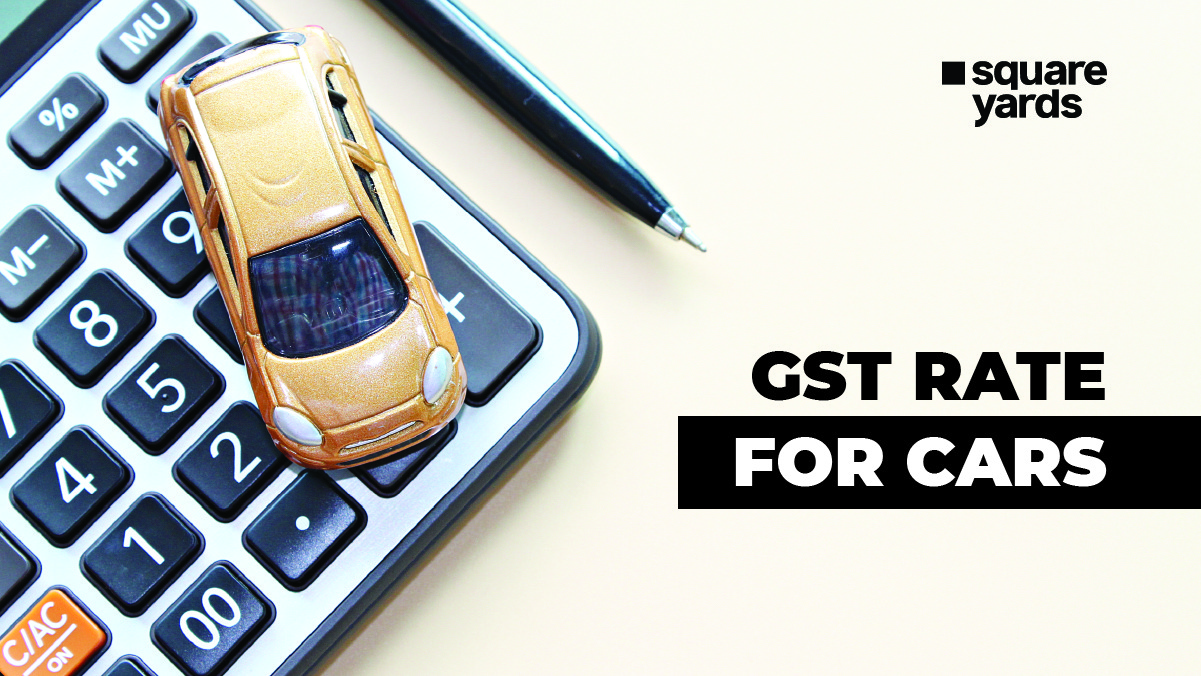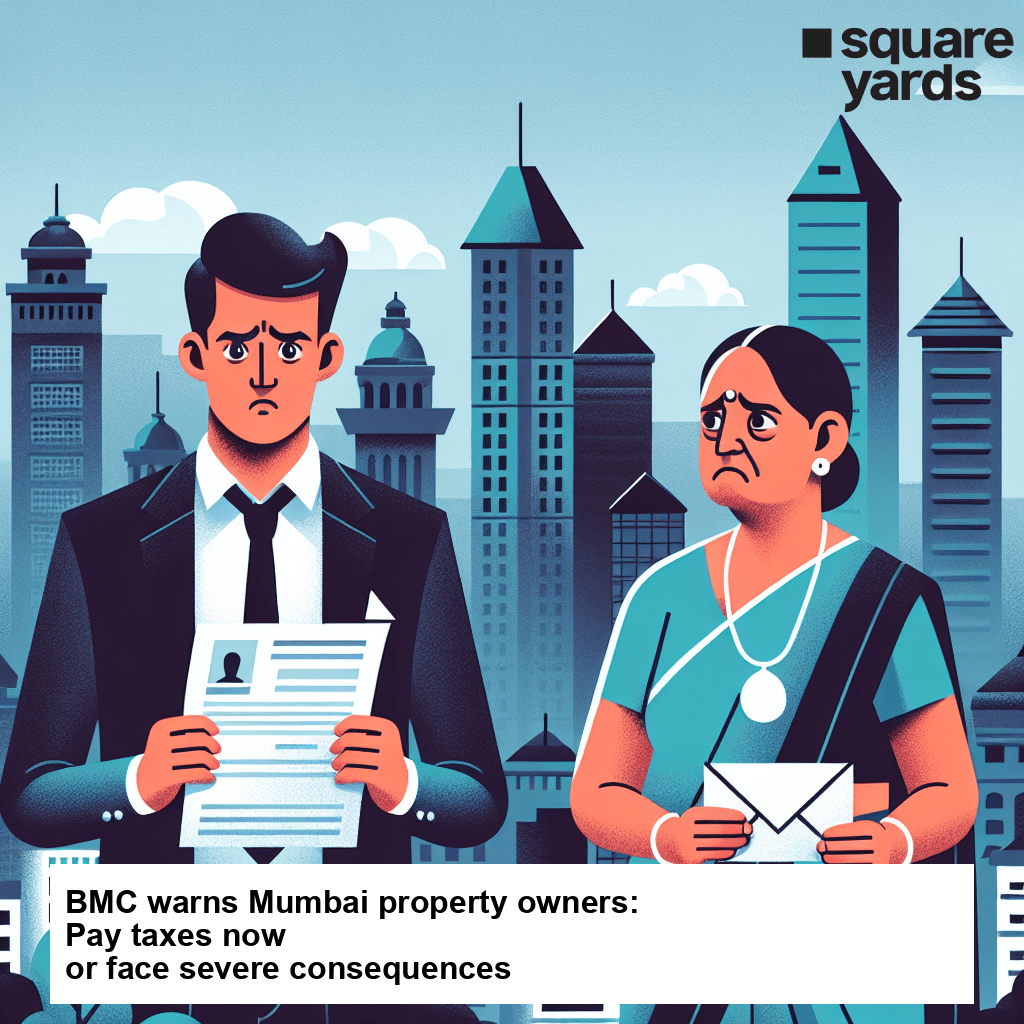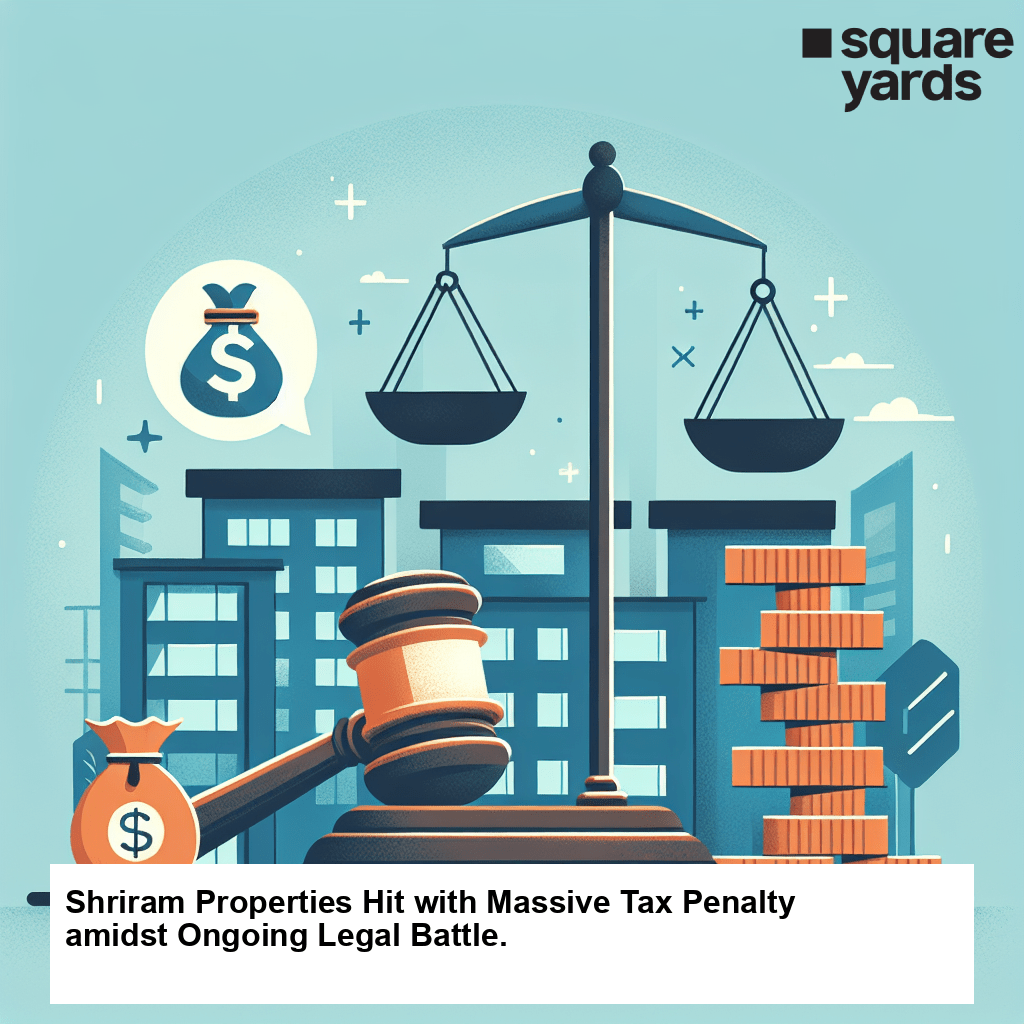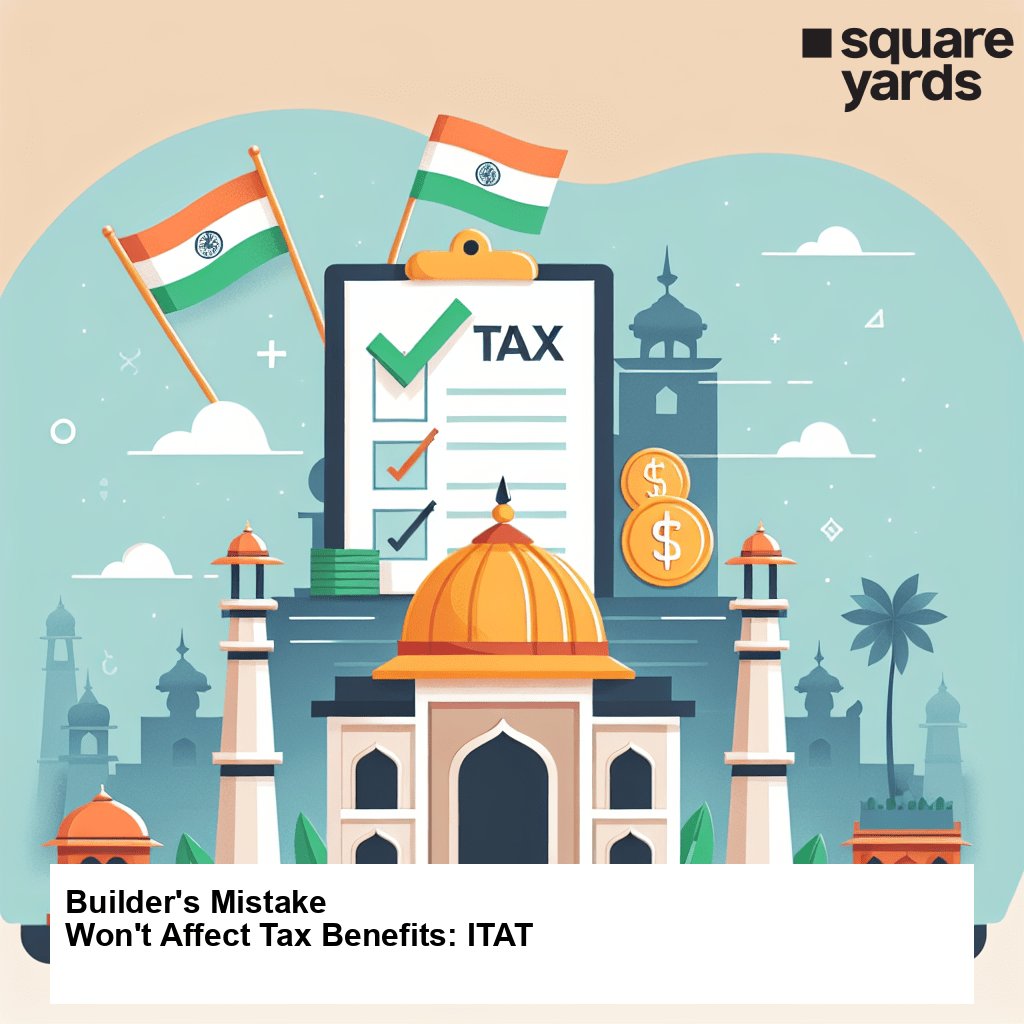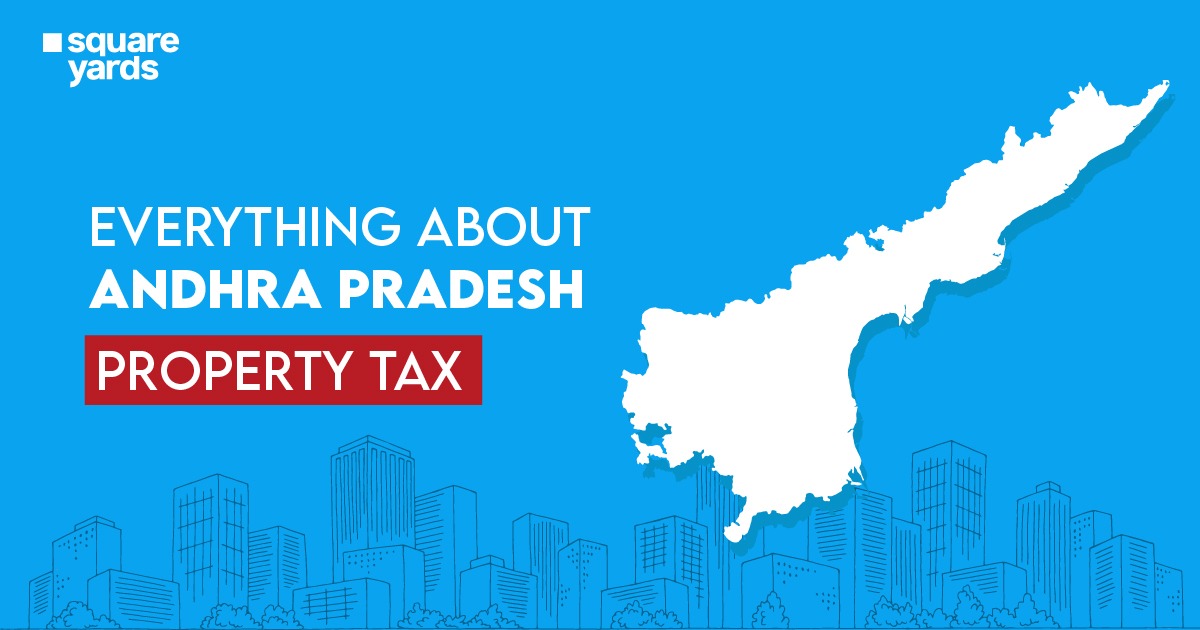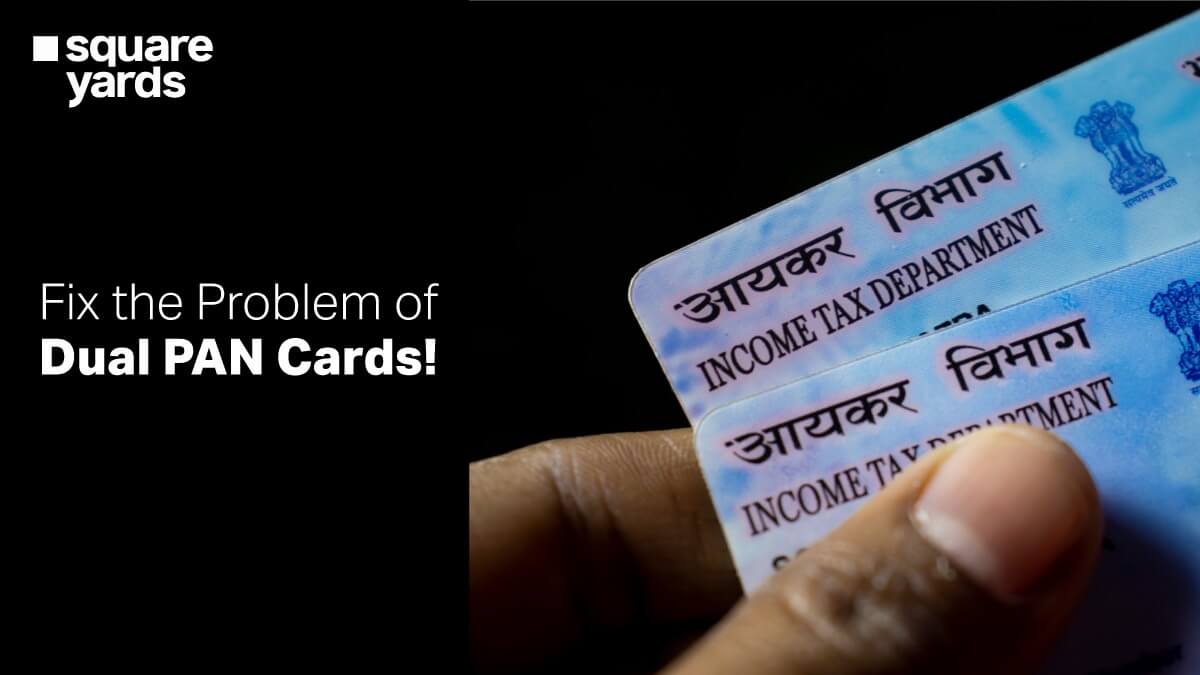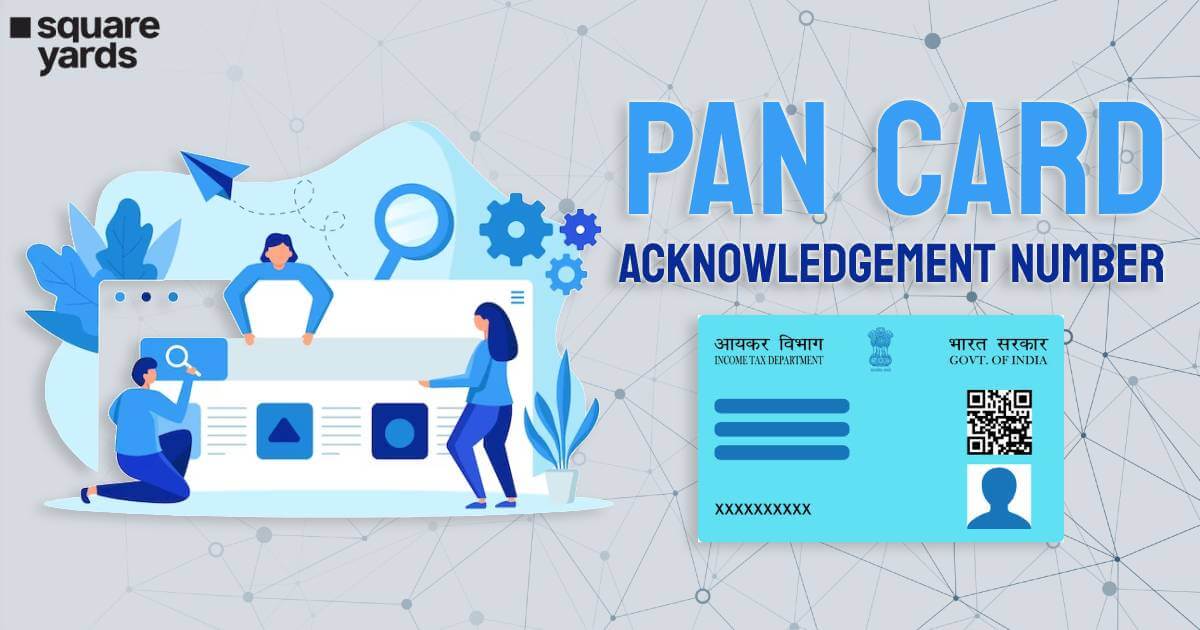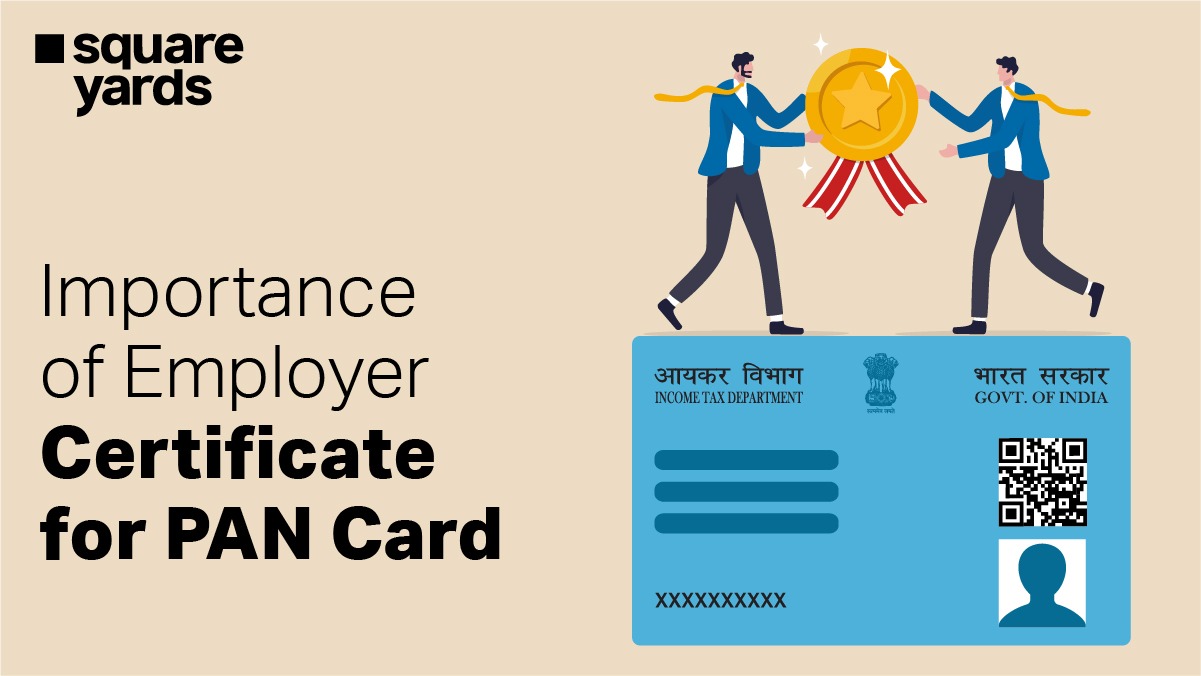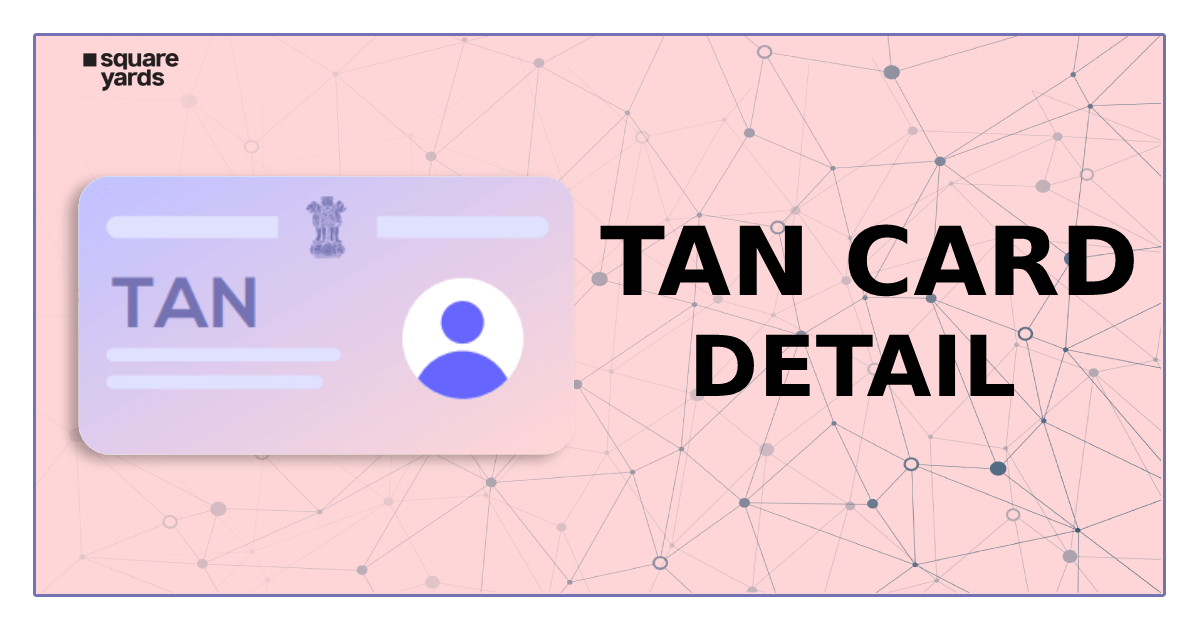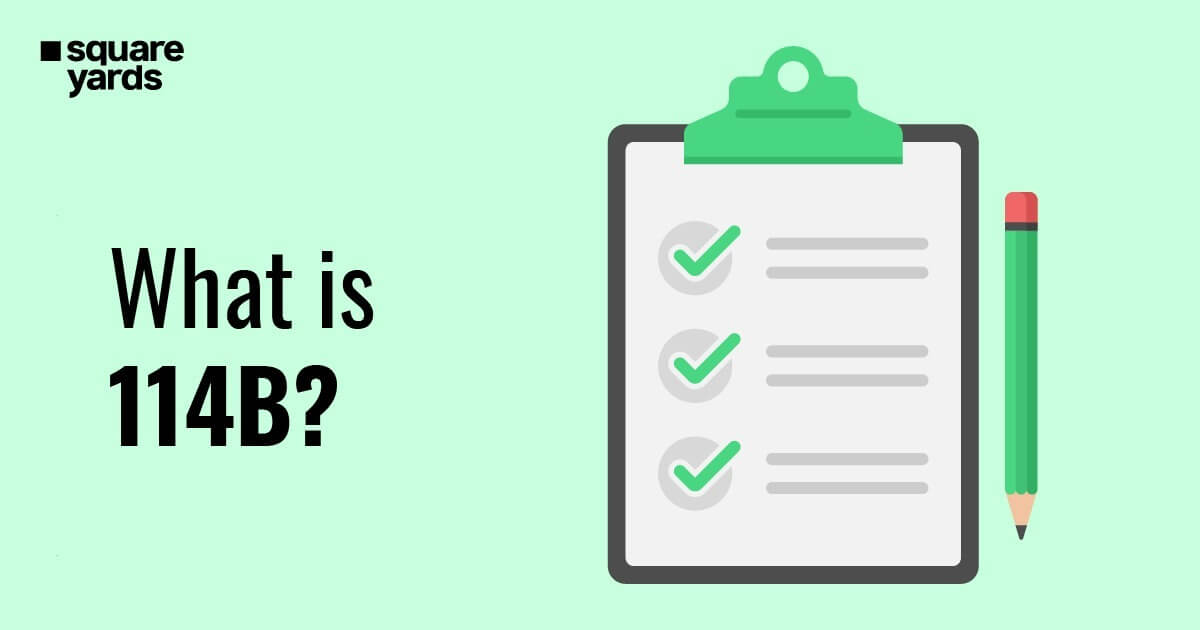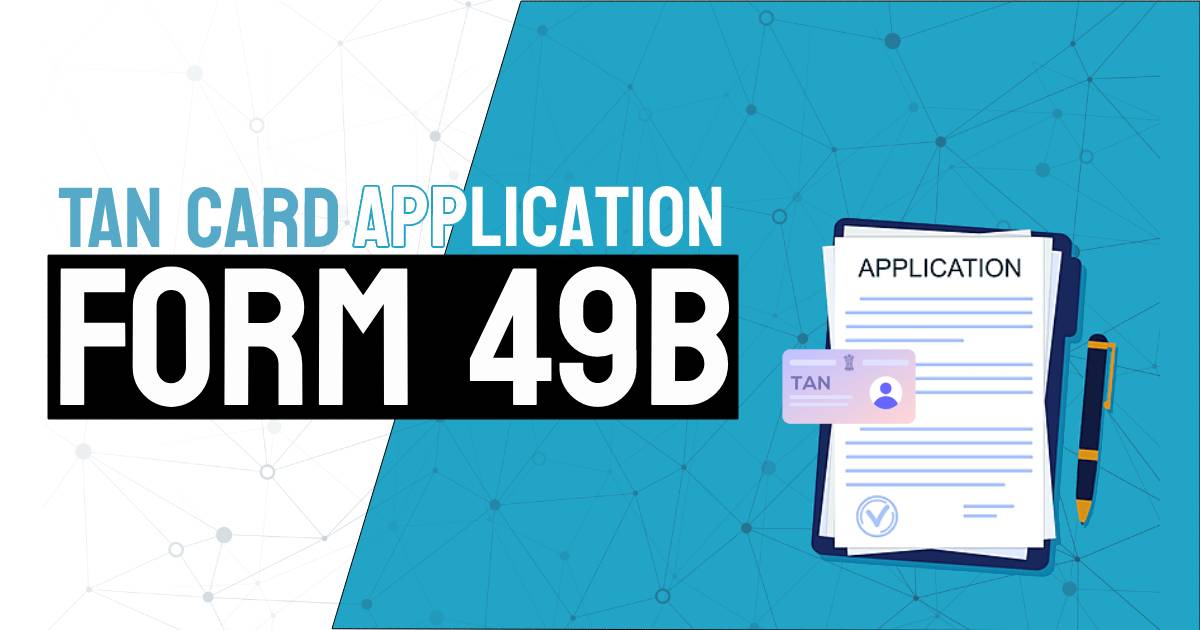As per the Budget 2020 Income Tax Amendments, it is obligatory to file ITR for entities whose electricity bills are over ₹ 1 lakh and foreign expenses beyond ₹ 2 lakh. Besides that, if you are an employee with income above the threshold value, it’s your moral responsibility to pay taxes and file ITR.
Any company or person falling under Section 139 (4A) or Section 139 (4B) or Section 139 (4C), or Section 139 (4D) has to file ITR 7 mandatorily. The form is primarily filed to claim the exemptions.
To know what ITR 7 holds and how to attempt the process of filing, let’s keep scrolling through the blog.
Table of contents
What is ITR 7 Form?
ITR 7 is an income tax return form 7 filed by the people and companies under Section 139.
All the charitable and religious trust under Section 139 (4A), the political party under Section 139 (4B), scientific research institutions under Section 139 (4C), and Khadi and Village industries or Universities or Colleges under Section 139 (4D), have to file the income tax return form 7.
In clearer terms, the companies that generate the income from the properties for religious or charitable purposes have to file ITR 7 Form. Properties under the legal obligation in parts or completely, and those under the trusts fall in this category.
The taxpayers can file the ITR 7 forms by furnishing the returns via the digital signature mode, physical paperbacks forms, the submission of return verification through ITR Form V, or a bard coded form.
Eligibility to File ITR-7 Form
You must meet the following criteria to be eligible to apply for ITR 7:-
- Every person or company receiving income from properties controlled by the trust or other legal obligations either partially or wholly for religious or charitable purposes can file ITR 7 under Section 139 (4A).
- Any political party whose net income, without giving effect to the rules of Section 139A, surpasses the threshold amount which is not chargeable to income tax needs to file ITR 7 u/s 139 (4B).
- Under Section 139 (4C), the following entities are entitled to file a return:-
- News agency
- Scientific research association
- University or institution or fund or other educational institution or any hospital or other medical institution.
- Institution or association defined in Section 10 (23A).
- Institution or association specified in Section 10 (23B).
- Every college, university, or institution that isn’t supposed to provide a return of loss or income under any other regulations of this Section needs to file a return u/s 139 (4D).
- U/s 139 (4E), every business trust that isn’t entitled to provide a return of loss or an income under any provision of this section has to file ITR 7.
- Under Section 139 (4F), an investment fund specified in Section 115UB must file ITR. Furnishing the return of loss or an income isn’t mandatory under any other provision of this section.
ITR-7 Form Components
Form ITR 7 is technically formed of three major components as follows:-
- Part A
- Part B
- 26 Schedules
These components are further explained in the section below.
Structure of ITR 7 Form
Typically, ITR 7 form is divided into two parts and 26 schedules. You have to fill it up depending on the eligibility and category you fall in.
The details of parts and schedules of ITR 7 are as follows:-
Part A: It contains general information such as name, PAN, address, contact details, etc.
Part B: It contains the statement of income for a certain period and tax computation associated with income chargeable to tax. Part B also contains two different sections:
- Part B- T1: Statement of Income for a certain period
- Part B-TT1: Computation of tax liability on total income
Schedules (As Applicable)
Schedule I: Details of the amount set apart or accumulated within the meaning of Section 11 (2) or in the context of the third proviso to Section 10 (23).
Schedule J: Statement representing the investments and funds as the last day of the preceding year.
Schedule K: Statement of details related to Author(s) or Founder(s) or Manager(s) or Trust(s) etc. of the Institution or Trust.
Schedule LA: Details to be furnished by the political party
Schedule ET: For electoral trust
Schedule VC: Voluntary Contributions
Schedule AI: Total income derived during the previous year, excluding voluntary contributions
Schedule ER: Revenue expenditure incurred during the year and amount applied to stated objects of the institution/trust during the previous year.
Schedule EC: Amount applied to religious or charitable purposes in India or for the specified objects of the institution or trust during the previous year.
Schedule IE- 1: Expenditure & Income statement (applied to assesses claiming exemption under Sections 10(21), 10(22B), 10(23AAA), 10(23B), 10(23DA), 10(23EC), 10(23ED), 10(23EE), 10(29A), 10(46), 10(47), and other clauses of Section 10 where income is unconditionally exempt.
Schedule IE- 2: Expenditure & Income statement (applied to assesses claiming exemption under Sections 10(23A), 10(24)).
Schedule IE- 3: Expenditure & Income statement (applied to assesses claiming exemption undr Sections 10(23C)(iiiab) or 10(23C)(iiiac)).
Schedule IE- 4: Expenditure & Income statement (applied to assesses claiming exemption under Sections 10(23C)(iiiad) or 10(23C)(iiiae))
Schedule HP: Particulars of income from house property.
Schedule CG: Capital gains
Schedule OS: Income from other sources
Schedule OA: General information related to business/profession
Schedule BP: Computation of income from profession or business
Schedule CYLA: Information of income after set-off of current years losses
Schedule PTI: Pass-through income particulars from an investment fund or business trust as Section 115UA, 115UB
Schedule SI: Income chargeable to tax at special rates
Schedule 115 TD: Accreted income under Section 115TD
Schedule FSI: Particulars of income from outside India and tax relief
Schedule TR: Summary of tax relief reclaimed for taxes paid outside India.
Schedule FA: Information on foreign assets and income from any source outside India
Schedule SH: Shareholding of unlisted company.
Points to Ponder while Filing an ITR 7 Form
The Income Tax Department has set certain standards that must be followed while filing ITR-7. They are as follows:-
- All the particulars must be filed precisely as defined; otherwise, the return will be invalid or considered defective.
- Round off the figures associated with tax and incomes to the nearest multiples of ten rupees.
- Round off other figures to the nearest rupee.
- Write ‘NIL’ for figures having zero or nil values.
- Represent the loss figures or negative figures as “-” before such a number unless provided otherwise.
- If some items don’t apply to the assessee, mention “NA” against the same.
The Process to File ITR 7 Form
You can file the ITR 7 Form with the Income Tax Department in the following ways:-
- Either filing the returns in an electronic format using the Digital Signature Certificate (DSC), or
- By furnishing the data in return and then submitting the verification of the ITR 7 in the ITR V Return Form.
Once you have filed the return, you need to print the copies of the ITR V Form. Send the copy of the ITR V, which you must duly sign via the ordinary post, to the following address:–
Bag No.1,
Electronic City Office,
Bengaluru – 560100 ( Karnataka)
You can retain the other copy of the return for your record.
Related ITR Form
Instructions for filling out the ITR-7 form Parts and Schedules
According to the Income Tax Department, the assesses must follow the instructions and steps specified below while filing the ITR 7 Form.
- Start with filling up information in Part A
- Fill up the section – Part B
- Go through the Schedules and fill them up (as applicable)
- Then, fill out the Verification document.
Provide all the information required in the verification document. Cross out the ones that don’t apply to you. Sign the verification document digitally before furnishing the final return.
It is mandatory for the person filing the return to mention their designation in the entity on behalf of whom they are filing.
Verification of Form ITR-7
The political parties are obligated to verify the return through the secretary or CEO’s digital signature (DSC). However, people other than politicians get the following choices for verification:-
- Authentication through the EVC (Electronic Verification Code) mode
- Through a DSC (digital signature certificate)
- ITR-V acknowledgement must be duly signed and posted to the CPC office.
Please note that if somebody makes a false declaration in the return or the accompanying schedules, then the person shall be liable to be prosecuted under Section 277 of the Income Tax, 1961. Moreover, the person shall be punishable on conviction under Section 277 with stringent imprisonment and hefty penalties.
You May Also Read:
Frequently Asked Questions (FAQs)
How can I file my ITR 7 offline?
For filing the ITR 7 offline, download the ITR 7 Form from the official website of the Income Tax Department. Fill it up, attach the required documents, furnish the verification document, and send it to the official address of the IT Department in Banglore.
How to send your ITR-V to the CPC Office?
If you have filed the ITR 7 Form via digital mode, you don’t need to send it to the CPC office. However, if you are filing it offline, you can send the form through the ordinary post at the following address:-
Centralised Processing Center, Income Tax Department, Bengaluru, Karnataka 560500.
Who is not eligible to file ITR 7?
The following taxpayers are not eligible to file ITR 7:
● Individuals
● Companies
● Hindu Undivided Families (HUFs)
● The entities who have filed the returns through new ITR-5 and ITR-6.
How to download the Income Tax returns form?
Visit the official website of the Income Tax Department and click on the ‘Downloads’ tab. You will be redirected to the new page where a list of forms is available. Click on the required form and download it.
Does ITR 7 require the furnishing of information about a Tax audit?
Yes, if the entity needs its account audited under Section 44AB and its accounts are audited by the CA (chartered accountant), it must provide the details in ITR-7. This should include the audit report and the date of furnishing such report to the department.


